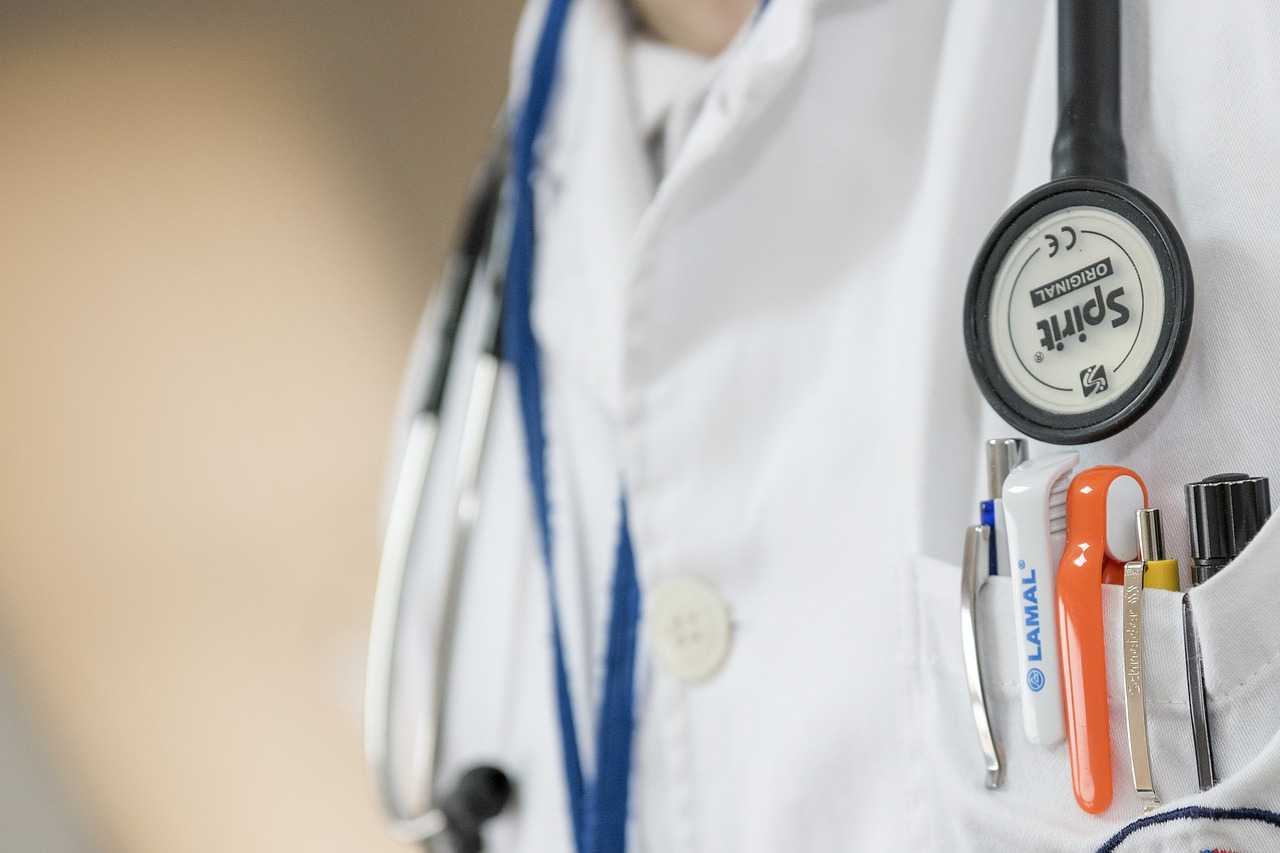
When it comes to emergencies, nothing is more reassuring than having a well-stocked medical supplies store at your fingertips. Whether you’re someone who loves outdoor adventures or just likes being prepared at home, building a first aid kit that goes beyond the basics can be a real lifesaver. Imagine you’re out in the wilderness when someone takes a bad fall. Now isn’t the time for regrets about what you could have packed. Instead, picture yourself confidently reaching for the right supplies to manage the situation efficiently.
The Basics: What Every Medical Kit Should Include
A medical kit isn’t just a box of plasters and antiseptic wipes. Any standard kit should have a variety of supplies to tackle the most common injuries. Sterile gauze, adhesive bandages of various sizes, antiseptics, pain relievers, and tweezers are just the start. You might also want to have gloves for hygiene, a thermometer for fever checks, and a CPR face shield for resuscitation efforts. A good kit is one that makes you feel prepared for minor incidents but is also stocked with items for serious emergencies.
Specialty Items for Unexpected Scenarios
Specialty items in your medical supplies can be the difference between a recoverable incident and a dire situation. For those with a keen sense of adventure or who find themselves in unique environments, items like tourniquets, chest seals, and splints can be game-changers. A tourniquet is an essential tool designed to stop heavy bleeding by applying pressure to a limb; it’s a crucial addition for those risking injury far from medical help. Similarly, chest seals can address puncture wounds to the chest, buying precious time until professional help is available.
Keeping Supplies Up-To-Date and Readily Accessible
Having the right supplies is one thing, but maintaining them is another. It’s essential to check your medical supplies for expired or damaged items routinely. Medicines can lose potency over time, and sterile items may no longer be safe to use. Also, consider the accessibility of your supplies. A medical kit buried at the bottom of a closet is no good in an emergency. Regular drills and the strategic placement of kits in your home, car, or backpack ensure that you’re always ready to respond swiftly.
Tips for Choosing the Right Supplies for Your Needs
The contents of your medical kit should reflect your lifestyle and the specific risks you might encounter. Are you a weekend warrior who enjoys rock climbing, or do you need a kit for the urban commuter? Different environments demand different tools. Reach out to professionals for advice on what should be included in your kit. They’ll help you think through potential scenarios and the best responses. Also, robust and watertight storage options will keep your supplies in tip-top shape, ready for when you need them most.
Behind the Scenes of Life-Saving Technology
Emergency medical supplies are only as good as the technology and thought that go into them. What many people don’t see is the rigorous process from the initial concept to the actual use of a medical product. Materials like advanced hemostatic agents used in gauzes can be the product of years of research and development. The stories of survivors who’ve benefitted from such advancements are testaments to the importance of continuous innovation in this field. Modern emergency gear is often the unsung hero in these survival narratives.
The Art of Rapid Response: Mastering the Use of Emergency Equipment
Knowledge of how to properly use your supplies is as crucial as the supplies themselves. Emergency situations are usually intense and fast-paced. You might know that a tourniquet can save a life, but do you know how to apply one correctly? Life-saving techniques often require training and practice. Engaging in regular drills and simulations can help cement these skills. Community workshops and first aid training sessions contribute greatly to this cause, promoting widespread proficiency in emergency response methods.
Wound Management in the Field: Breakthroughs in Emergency Care
Managing wounds effectively in the field is a critical skill, and advancements in medical supplies have improved our ability to do so immensely. From situations where quick action is needed to control bleeding to those that require maintaining a clean wound environment to prevent infection, the right equipment is vital. The stories of quick-thinking individuals using these advances to save lives in the field, often with little more than the contents of their first aid kits, underscore the importance of the evolution of medical supplies.
A Look Ahead: The Future of First Aid and Emergency Response
As technology advances, we can expect even greater strides in the development of medical supplies. The valuable feedback from military personnel, emergency responders, and everyday heroes is priceless. It helps manufacturers tailor their products to meet the evolving needs of intense and diverse environments. Innovations such as lighter materials, more compact designs, and easier-to-use applications are on the horizon. These enhancements anticipate the needs of future emergencies, ensuring we stay one step ahead in the race to save lives.